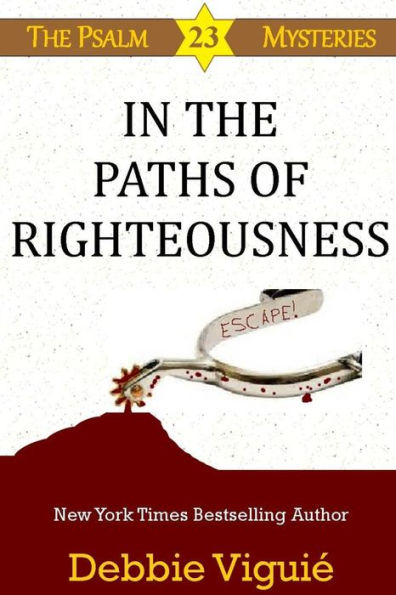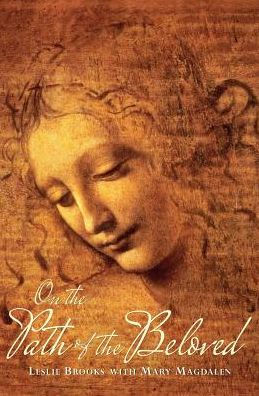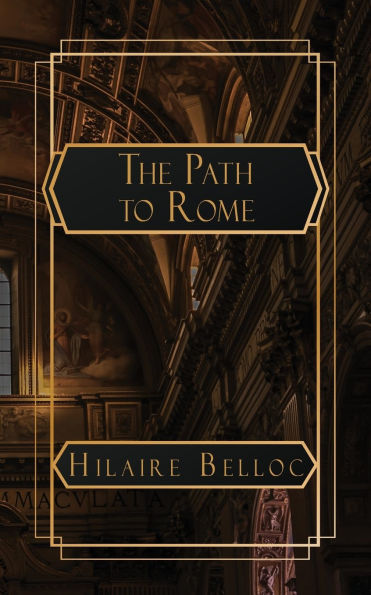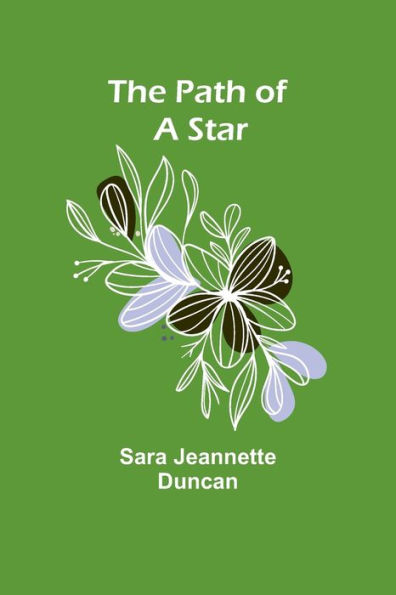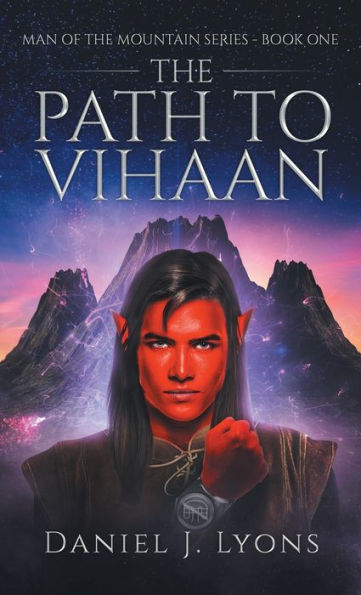Home
the Path of Clouds
Barnes and Noble
Loading Inventory...
the Path of Clouds in Bloomington, MN
Current price: $15.99

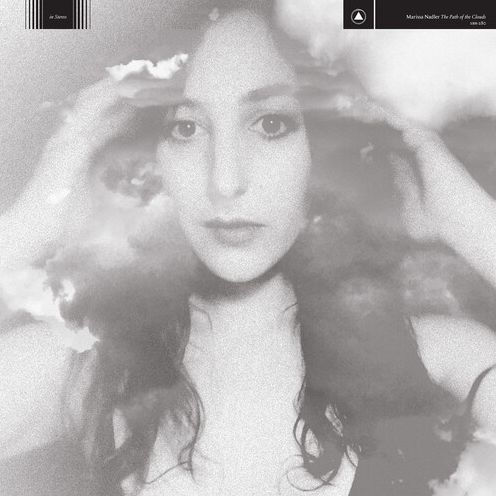
the Path of Clouds in Bloomington, MN
Current price: $15.99
Loading Inventory...
Size: CD
After releasing her first album in 2004,
Marissa Nadler
gradually expanded upon the haunting acoustic approach of her early Gothic dream folk works toward something more complex and intangible across the next 15 years and seven official solo albums (not counting her numerous self-released covers, demos, and short-form collections). With her ninth album,
The Path of the Clouds
, she finally tips the balance from indie folk to rock on a cinematic set largely inspired by watching reruns of Unsolved Mysteries during pandemic lockdown in 2020. What
Nadler
does with those inspirations is uniquely hers. While its stage-setting predecessor, 2019's
For My Crimes
, included collaborations with the likes of
Sharon Van Etten
,
Angel Olsen
, and harpist
Mary Lattimore
' more-often-than-not wired, distortion-enriched palette is foreshadowed by the names of contributors like
Simon Raymonde
(
Cocteau Twins
Lost Horizons
),
Jesse Chandler
Mercury Rev
Midlake
Amber Webber
Black Mountain
Lightning Dust
), and
Emma Ruth Rundle
.
Listeners are transported through space and time with the opening words of "Bessie, Did You Make It?" to a handmade canoe on the Colorado River in 1928. About the disappearance of record-attempting Grand Canyon adventurers (and honeymooners) Glen and Bessie Hyde, it juxtaposes gentle acoustic guitar arpeggiation with the foreboding sustained synth bass that starts the album. Its lusher chorus adds a wall of humming keys, horns, and piano to the repeated question "Did you make it?" before
returns to the minor-key narrative. A plodding rhythm section joins in on a title track that concerns another disappearance, this time 1970s hijacker D.B. Cooper. Its layers of melodic and tonic-establishing bass, hazy atmosphere, and harpsichord-like accents are eventually joined by flute, buzzing guitar distortion, a classic-rock-style harmonized guitar break, and more. Not all the songs here are historical narratives, as
's reactions and personal connections to the stories come into play on tracks like the shimmery waltz "And I Dream of Running" ("Sometimes I hear your voice and I dream of running to you"). A highlight on a set that never disengages, "If I Could Breathe Underwater" features
Lattimore
's harp alongside a cavernous undercurrent of sustained harmonics, skittering drum kit, and more of the album's breathy, largely unprocessed vocals. Meanwhile, lyrics contemplate having supernatural powers.
was constructed by
sending frameworks of songs to long-distance collaborators;
Seth Manchester
Lightning Bolt
Battles
METZ
) later mixed the album after judiciously adding feedback and distorted guitars. These adjustments perfectly suit the album's epic, aching songs, which refuse to keep tragedy at arm's length. ~ Marcy Donelson
Marissa Nadler
gradually expanded upon the haunting acoustic approach of her early Gothic dream folk works toward something more complex and intangible across the next 15 years and seven official solo albums (not counting her numerous self-released covers, demos, and short-form collections). With her ninth album,
The Path of the Clouds
, she finally tips the balance from indie folk to rock on a cinematic set largely inspired by watching reruns of Unsolved Mysteries during pandemic lockdown in 2020. What
Nadler
does with those inspirations is uniquely hers. While its stage-setting predecessor, 2019's
For My Crimes
, included collaborations with the likes of
Sharon Van Etten
,
Angel Olsen
, and harpist
Mary Lattimore
' more-often-than-not wired, distortion-enriched palette is foreshadowed by the names of contributors like
Simon Raymonde
(
Cocteau Twins
Lost Horizons
),
Jesse Chandler
Mercury Rev
Midlake
Amber Webber
Black Mountain
Lightning Dust
), and
Emma Ruth Rundle
.
Listeners are transported through space and time with the opening words of "Bessie, Did You Make It?" to a handmade canoe on the Colorado River in 1928. About the disappearance of record-attempting Grand Canyon adventurers (and honeymooners) Glen and Bessie Hyde, it juxtaposes gentle acoustic guitar arpeggiation with the foreboding sustained synth bass that starts the album. Its lusher chorus adds a wall of humming keys, horns, and piano to the repeated question "Did you make it?" before
returns to the minor-key narrative. A plodding rhythm section joins in on a title track that concerns another disappearance, this time 1970s hijacker D.B. Cooper. Its layers of melodic and tonic-establishing bass, hazy atmosphere, and harpsichord-like accents are eventually joined by flute, buzzing guitar distortion, a classic-rock-style harmonized guitar break, and more. Not all the songs here are historical narratives, as
's reactions and personal connections to the stories come into play on tracks like the shimmery waltz "And I Dream of Running" ("Sometimes I hear your voice and I dream of running to you"). A highlight on a set that never disengages, "If I Could Breathe Underwater" features
Lattimore
's harp alongside a cavernous undercurrent of sustained harmonics, skittering drum kit, and more of the album's breathy, largely unprocessed vocals. Meanwhile, lyrics contemplate having supernatural powers.
was constructed by
sending frameworks of songs to long-distance collaborators;
Seth Manchester
Lightning Bolt
Battles
METZ
) later mixed the album after judiciously adding feedback and distorted guitars. These adjustments perfectly suit the album's epic, aching songs, which refuse to keep tragedy at arm's length. ~ Marcy Donelson
After releasing her first album in 2004,
Marissa Nadler
gradually expanded upon the haunting acoustic approach of her early Gothic dream folk works toward something more complex and intangible across the next 15 years and seven official solo albums (not counting her numerous self-released covers, demos, and short-form collections). With her ninth album,
The Path of the Clouds
, she finally tips the balance from indie folk to rock on a cinematic set largely inspired by watching reruns of Unsolved Mysteries during pandemic lockdown in 2020. What
Nadler
does with those inspirations is uniquely hers. While its stage-setting predecessor, 2019's
For My Crimes
, included collaborations with the likes of
Sharon Van Etten
,
Angel Olsen
, and harpist
Mary Lattimore
' more-often-than-not wired, distortion-enriched palette is foreshadowed by the names of contributors like
Simon Raymonde
(
Cocteau Twins
Lost Horizons
),
Jesse Chandler
Mercury Rev
Midlake
Amber Webber
Black Mountain
Lightning Dust
), and
Emma Ruth Rundle
.
Listeners are transported through space and time with the opening words of "Bessie, Did You Make It?" to a handmade canoe on the Colorado River in 1928. About the disappearance of record-attempting Grand Canyon adventurers (and honeymooners) Glen and Bessie Hyde, it juxtaposes gentle acoustic guitar arpeggiation with the foreboding sustained synth bass that starts the album. Its lusher chorus adds a wall of humming keys, horns, and piano to the repeated question "Did you make it?" before
returns to the minor-key narrative. A plodding rhythm section joins in on a title track that concerns another disappearance, this time 1970s hijacker D.B. Cooper. Its layers of melodic and tonic-establishing bass, hazy atmosphere, and harpsichord-like accents are eventually joined by flute, buzzing guitar distortion, a classic-rock-style harmonized guitar break, and more. Not all the songs here are historical narratives, as
's reactions and personal connections to the stories come into play on tracks like the shimmery waltz "And I Dream of Running" ("Sometimes I hear your voice and I dream of running to you"). A highlight on a set that never disengages, "If I Could Breathe Underwater" features
Lattimore
's harp alongside a cavernous undercurrent of sustained harmonics, skittering drum kit, and more of the album's breathy, largely unprocessed vocals. Meanwhile, lyrics contemplate having supernatural powers.
was constructed by
sending frameworks of songs to long-distance collaborators;
Seth Manchester
Lightning Bolt
Battles
METZ
) later mixed the album after judiciously adding feedback and distorted guitars. These adjustments perfectly suit the album's epic, aching songs, which refuse to keep tragedy at arm's length. ~ Marcy Donelson
Marissa Nadler
gradually expanded upon the haunting acoustic approach of her early Gothic dream folk works toward something more complex and intangible across the next 15 years and seven official solo albums (not counting her numerous self-released covers, demos, and short-form collections). With her ninth album,
The Path of the Clouds
, she finally tips the balance from indie folk to rock on a cinematic set largely inspired by watching reruns of Unsolved Mysteries during pandemic lockdown in 2020. What
Nadler
does with those inspirations is uniquely hers. While its stage-setting predecessor, 2019's
For My Crimes
, included collaborations with the likes of
Sharon Van Etten
,
Angel Olsen
, and harpist
Mary Lattimore
' more-often-than-not wired, distortion-enriched palette is foreshadowed by the names of contributors like
Simon Raymonde
(
Cocteau Twins
Lost Horizons
),
Jesse Chandler
Mercury Rev
Midlake
Amber Webber
Black Mountain
Lightning Dust
), and
Emma Ruth Rundle
.
Listeners are transported through space and time with the opening words of "Bessie, Did You Make It?" to a handmade canoe on the Colorado River in 1928. About the disappearance of record-attempting Grand Canyon adventurers (and honeymooners) Glen and Bessie Hyde, it juxtaposes gentle acoustic guitar arpeggiation with the foreboding sustained synth bass that starts the album. Its lusher chorus adds a wall of humming keys, horns, and piano to the repeated question "Did you make it?" before
returns to the minor-key narrative. A plodding rhythm section joins in on a title track that concerns another disappearance, this time 1970s hijacker D.B. Cooper. Its layers of melodic and tonic-establishing bass, hazy atmosphere, and harpsichord-like accents are eventually joined by flute, buzzing guitar distortion, a classic-rock-style harmonized guitar break, and more. Not all the songs here are historical narratives, as
's reactions and personal connections to the stories come into play on tracks like the shimmery waltz "And I Dream of Running" ("Sometimes I hear your voice and I dream of running to you"). A highlight on a set that never disengages, "If I Could Breathe Underwater" features
Lattimore
's harp alongside a cavernous undercurrent of sustained harmonics, skittering drum kit, and more of the album's breathy, largely unprocessed vocals. Meanwhile, lyrics contemplate having supernatural powers.
was constructed by
sending frameworks of songs to long-distance collaborators;
Seth Manchester
Lightning Bolt
Battles
METZ
) later mixed the album after judiciously adding feedback and distorted guitars. These adjustments perfectly suit the album's epic, aching songs, which refuse to keep tragedy at arm's length. ~ Marcy Donelson
![This is Me¿Now [Cloud Galaxy Vinyl] [Barnes & Noble Exclusive]](https://prodimage.images-bn.com/pimages/4050538948004_p0_v3_s600x595.jpg)
![Clouds [Orange Vinyl] [Barnes & Noble Exclusive]](https://prodimage.images-bn.com/pimages/0081227882587_p0_v2_s600x595.jpg)

